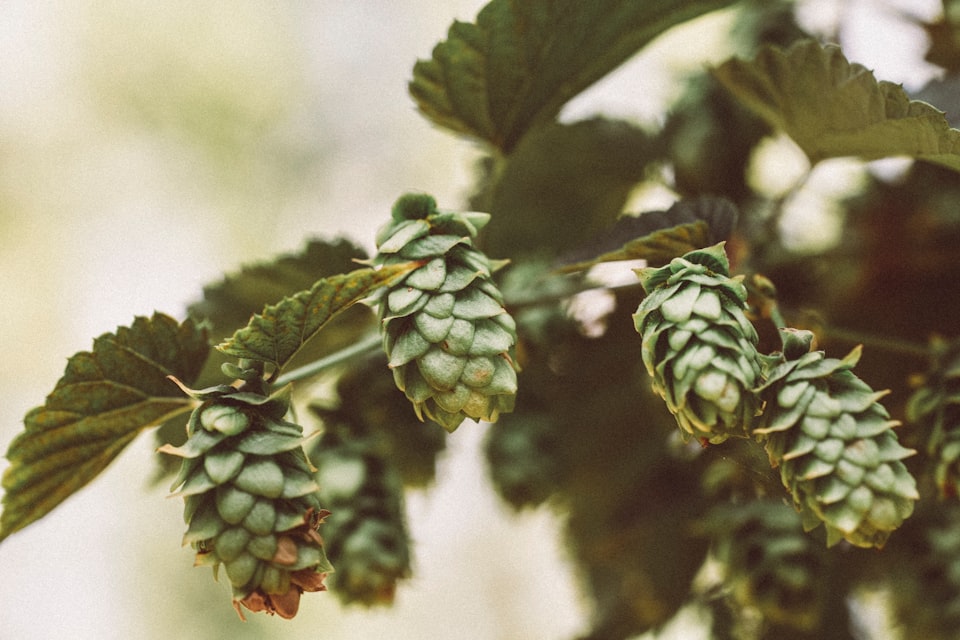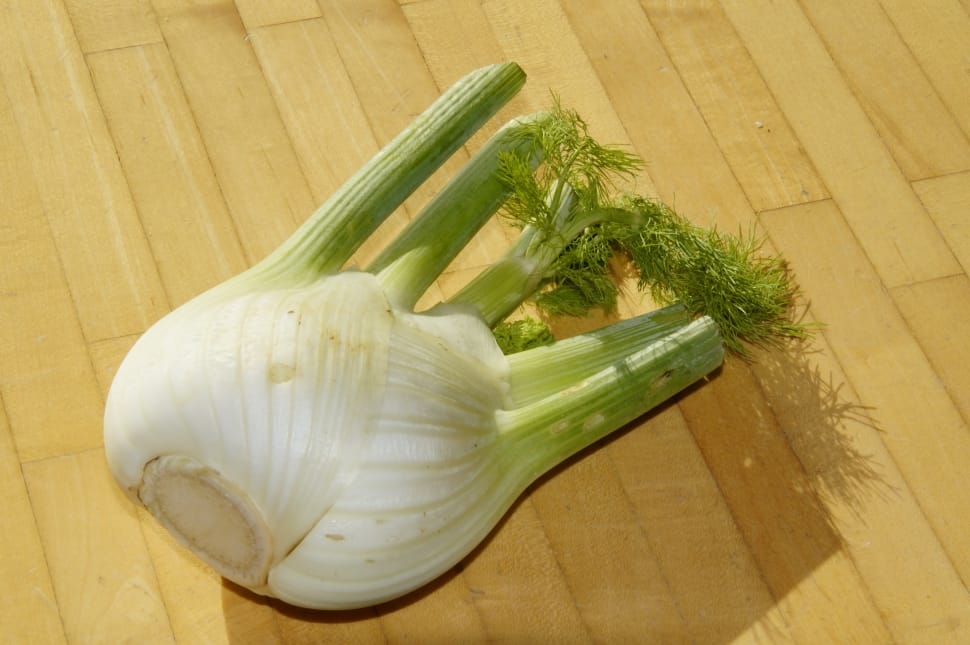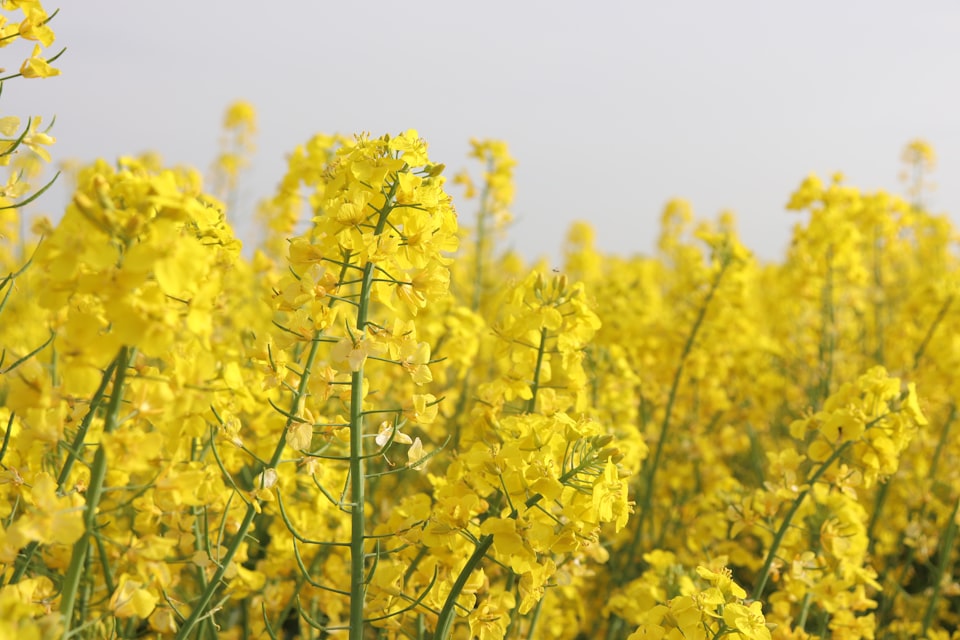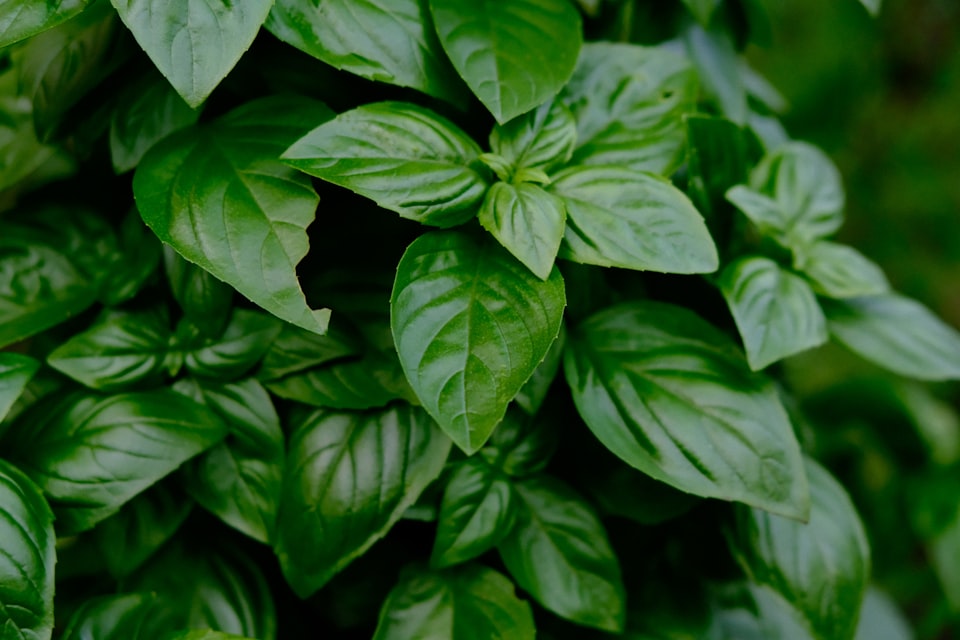VI: Corn Salad
How a humble weed ignited a foodie revolution.
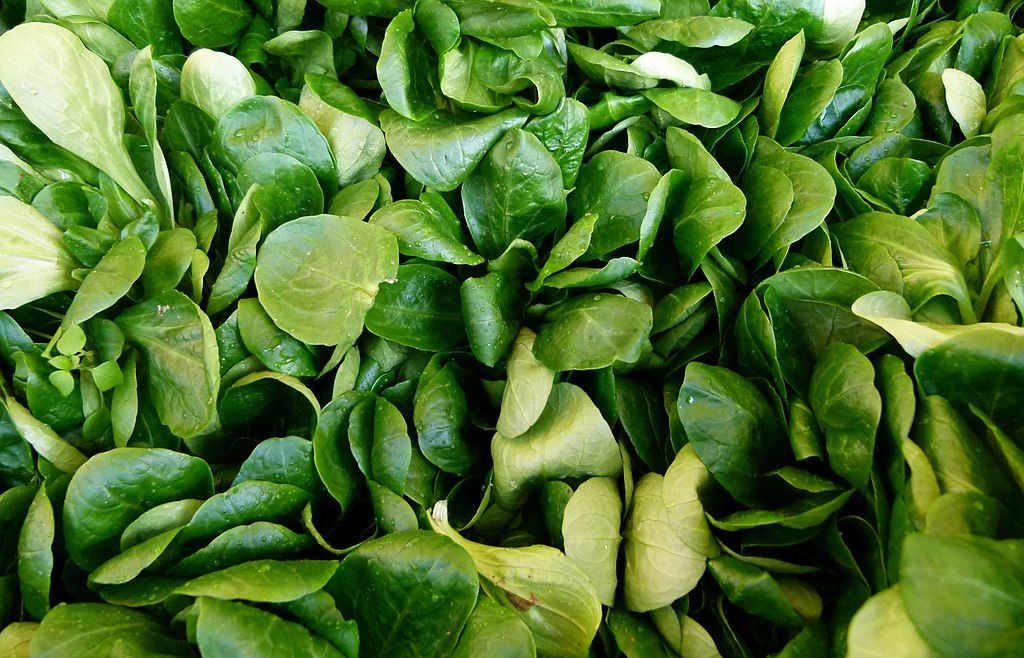
Good morning. Today is sextidi, the 6th of Frimaire, Year CCXXXI. We celebrate la mâche, a leafy little munching plant for salads.
It's hard to dwell in the mindset of history. There are so many details of our everyday experience that we have to learn to tune out and reimagine when we cast our minds hundreds of years into the past. Just when you think you've learned everything – that the palace of Versailles smelled like excrement that was desperately perfumed with the most potent flowers known to man, creating a sweet shitty smell that probably has no modern analogue, for example – you realize you're forgetting something else crucial.
Why were French gardens so important? Why were their gardeners so revered and copied in European neighbors? Did it all come about simply because Louis XIV was a fancy-pants with a love of finery and frippery? Was it really just an exercise in conquering nature with geometry?
Those were factors, and major ones, to be sure. And they reflect the experience we still have today, when we gaze in awe at a perfectly manicured palace garden. But the origin has a more universal desire mixed in: the desire to eat something that tastes good in the winter.
